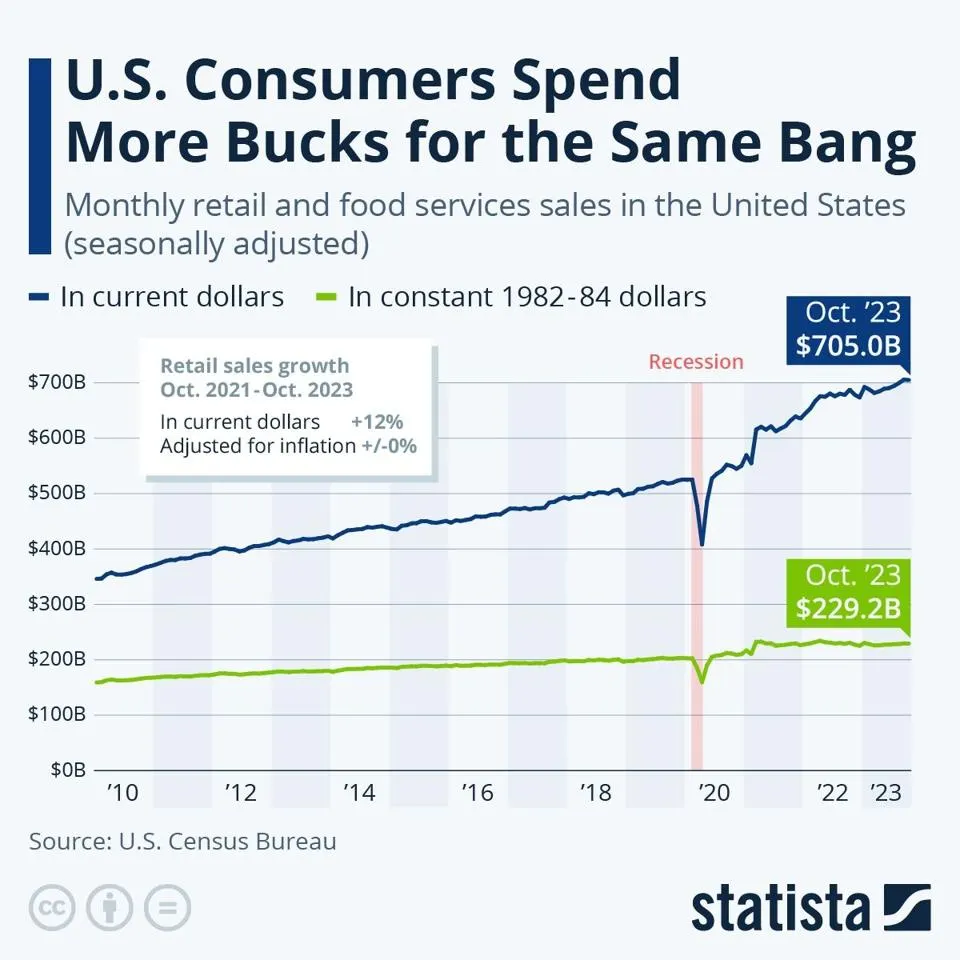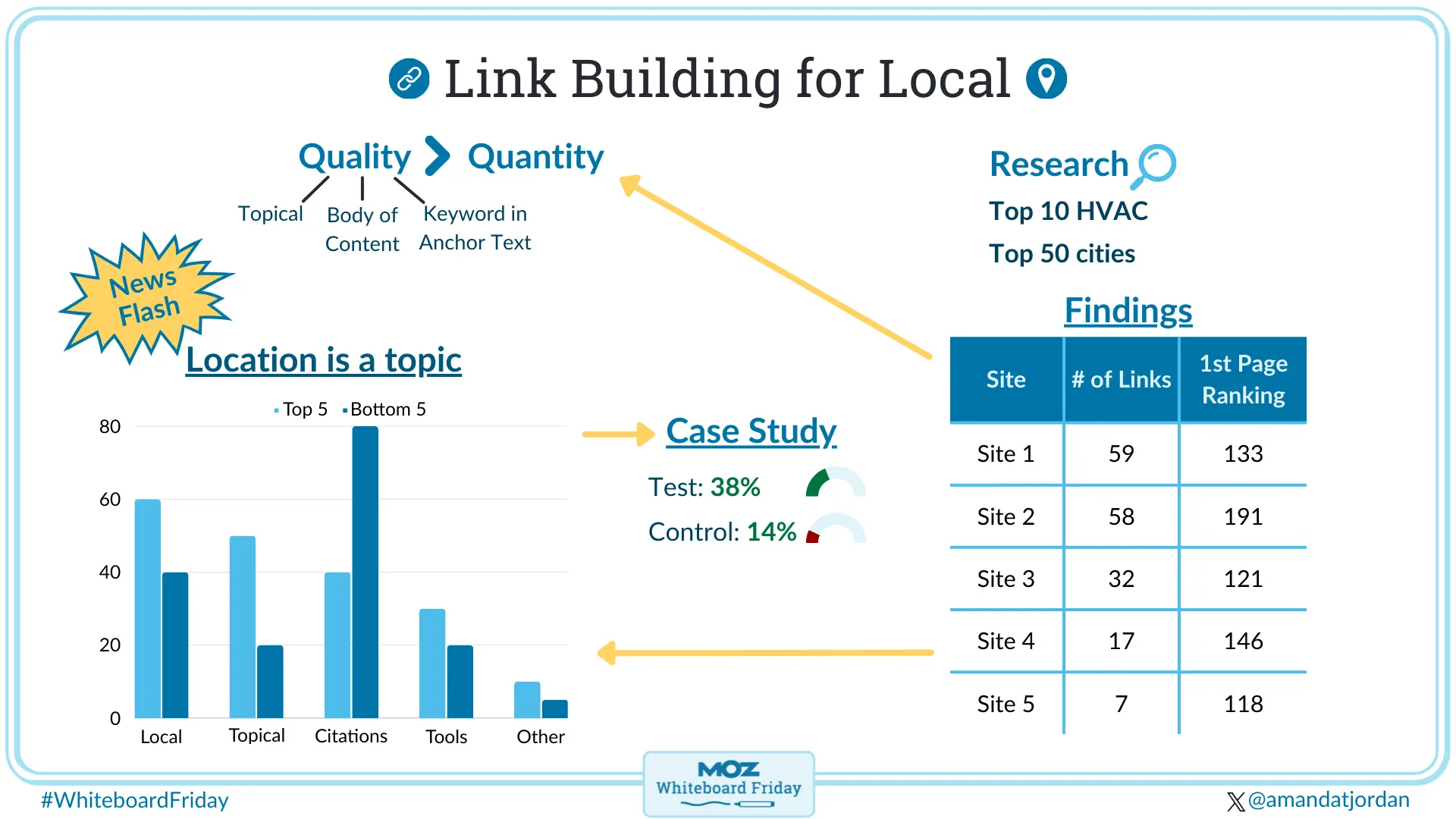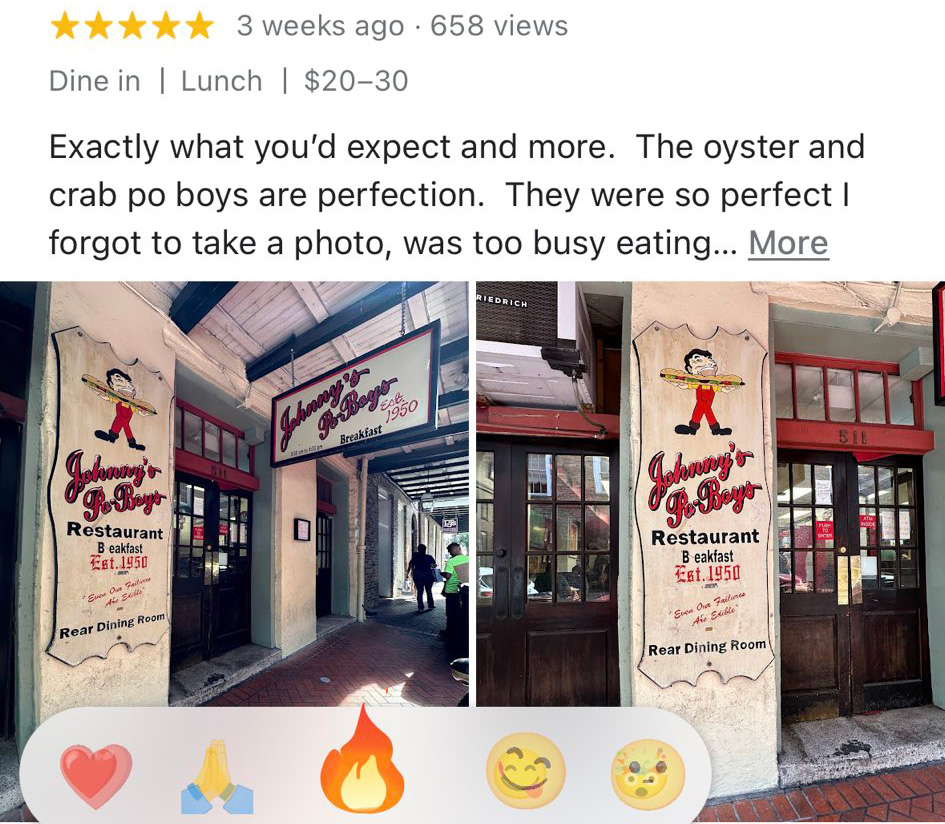Generative Engine Optimization (GEO): Mastering AI-Driven Search in 2025
Local Memo: Ecommerce Growth Outpaces In-Store During Black Friday-Cyber Monday
Local Memo: Ecommerce Growth Outpaces In-Store During Black Friday-Cyber Monday
In this week’s update, learn about the retail results of this year’s Black Friday-Cyber Monday; the importance of quality local links over citations; what works and what doesn’t when using AI for local; GBP’s new vegetarian label and emoji reactions; the end of the November core update; and how to do E-E-A-T for local.
Ecommerce Growth Outpaces In-Store During Black Friday-Cyber Monday
Forbes reports that both Black Friday and Cyber Monday hit new records this year for online sales, up 7.5% and 9.6% respectively from 2022. (This apparent growth is partly due to inflation, per the chart below.) Holiday sales began earlier this year than last year, and 55% of consumers acted on these early deals. According to the U.S. Commerce Department, online sales grew faster in Q3 2023 than in-store sales; the department reported a 7.75% growth rate for ecommerce during the period, whereas overall retail (including ecommerce) only grew by 2%. Corroborating these results, Mastercard Spendingpulse reports that online spending was up 8.5% year over year, with in-store sales only increasing by 1.1%.
Despite the stronger growth of online sales, it’s worth noting that in-store sales are still a much larger slice of the U.S. retail market than ecommerce. The Commerce Department’s most recent data shows that ecommerce represented 14.9% of all U.S. sales for the third quarter of 2023, with the remaining 85.1% of sales taking place in stores.

Overall retail sales are up 12% from 2021, but are relatively flat when adjusted for inflation
Build Quality Local Links, Not Mass Citations
Local SEO expert Amanda Jordan shares the results of a study on link building for local HVAC businesses, which finds that the highest ranking businesses focus on building links on quality local sites with relevant, topical content. Less effective is building out a large number of lower quality citations. The amount of content on a linking page does not seem to matter much either, according to Jordan’s findings. She writes, “a quality link comes from a high-quality website that is topically relevant, the link is in the body of the content, and it has a keyword in the anchor text.”

AI for Local: What Works and What Doesn’t
Near Media has conducted an interview with Joy Hawkins and Darren Shaw on the effective, and less effective, uses of AI for local marketing. Hawkins suggests that AI is especially good at repurposing content created by humans, such as editing a video or turning a blog post into a script. In this context, she says, it’s best to think of AI as a “content assistant” rather than a means of generating original material, where it proves less reliable.
Similarly, Shaw notes that AI can be used to seed content for Google Q&A and Google Posts. He believes ChatGPT saves about 30% of the time typically needed to create Google Post content. Hawkins says accurate, detailed prompt engineering is essential for getting the most out of AI.
Shaw and interviewer Mike Blumenthal agreed that ChatGPT can be especially powerful for analytics, such as feeding a large number of reviews into the chatbot and asking it to produce numerical findings and other insights. They also both posited that in the near future, AI might transform the interfaces people use to search for local information.
GBP Adds “Serves Vegetarian Dishes,” Heart Emojis
A label or justification for “Serves vegetarian dishes,” accompanied by a leaf icon, was spotted by Mike Blumenthal recently. Presumably the label is triggered by the relevant restaurant attribute, whether set by the restaurant or by users who have visited. Barry Schwartz reminds us that users can set food preferences to get customized restaurant results in Google search.
Also in GBP news, users are seeing examples in the wild of the emojis recently announced by Google as a new option for reacting to local photos and reviews. Some have noted “heart” reactions showing up in Google hotel listings, as well as a range of emoji choices for reacting to restaurant reviews.

Emoji options for a restaurant review, courtesy Adam Riemer
November Core Update Finally Done
In case you’re still keeping track, Google’s November core algorithm update finally completed its rollout on November 28, after a record 26 days. A more volatile update than most, the November update saw a period of major activity during roughly the first two weeks, between November 2 and November 17. Most years since 2019 have seen two to three core updates, but in 2023 there have been four. Unusual for Google, the November update continued its rollout during the busy Thanksgiving shopping cycle.
How to Do E-E-A-T for Local
Miriam Ellis has a useful post sharing examples of businesses who are doing E-E-A-T well in local. As a reminder, the acronym stands for experience, expertise, authority, and trust, and represents signals Google looks for when deciding how to rank websites as well as local businesses. Ellis breaks down the types of content that fall into each of Google’s four target categories. For example, reviews share customer experiences with a business; displaying credentials indicates expertise; posts can demonstrate authority in a field; and responding to reviews or answering customer questions signals trustworthiness. Ellis’s post is rich with specific examples of how local businesses can showcase E-E-A-T characteristics online.




